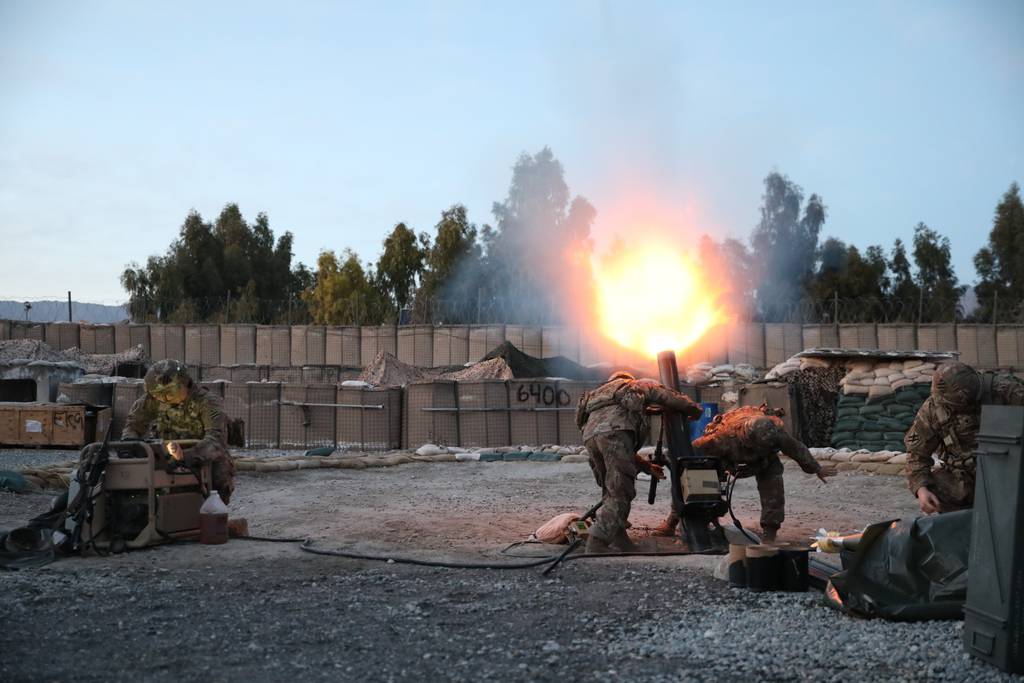WASHINGTON — U.S. Army networking experts want to rejuvenate software with decades of history that helps troops coordinate mortars, guided missiles, close air support and more on the battlefield.
The service’s Program Executive Office Command, Control and Communications-Tactical is “embarking on our modernization strategy†for the Advanced Field Artillery Tactical Data System, or AFATDS, according to Mark Kitz, the office’s leader.
“It’s been one of those programs that’s been out there so long, but it’s really a software application to do fires. I want to stimulate a robust industry involvement,†Kitz said. “Update it, modernize it, ground-up deliver a new capability.â€
The automated AFATDS program — meant to shrink the sensor-to-shooter timeline while also boosting accuracy — fuses situational awareness and targeting data in near-real time. It is a digital cornerstone of several ventures with the Long Range Precision Fires Cross-Functional Team, including the Extended Range Cannon Artillery and the Precision Strike Missile program.
Leidos in 2017 won a contract worth tens of millions of dollars to work on the software, promising to improve functionality, update the user interface and simplify training modules. The Virginia-based company is the 16th largest defense contractor in the world by defense revenue, according to Defense News’ Top 100 list.
The program executive office in February issued a request for information concerning the overhaul of AFATDS, which interfaces with more than 80 other systems, including some owned by the Air Force and Navy. The technology has been employed in one way or another since before the 2000s.
The Army is prioritizing networking and communication enhancements as the Pentagon pursues Combined Joint All-Domain Command and Control, a state in which forces across land, air, sea, space and cyberspace are interlinked and supportive of one another.
Kitz did not provide a potential dollar amount for the effort.
Colin Demarest was a reporter at C4ISRNET, where he covered military networks, cyber and IT. Colin had previously covered the Department of Energy and its National Nuclear Security Administration — namely Cold War cleanup and nuclear weapons development — for a daily newspaper in South Carolina. Colin is also an award-winning photographer.








